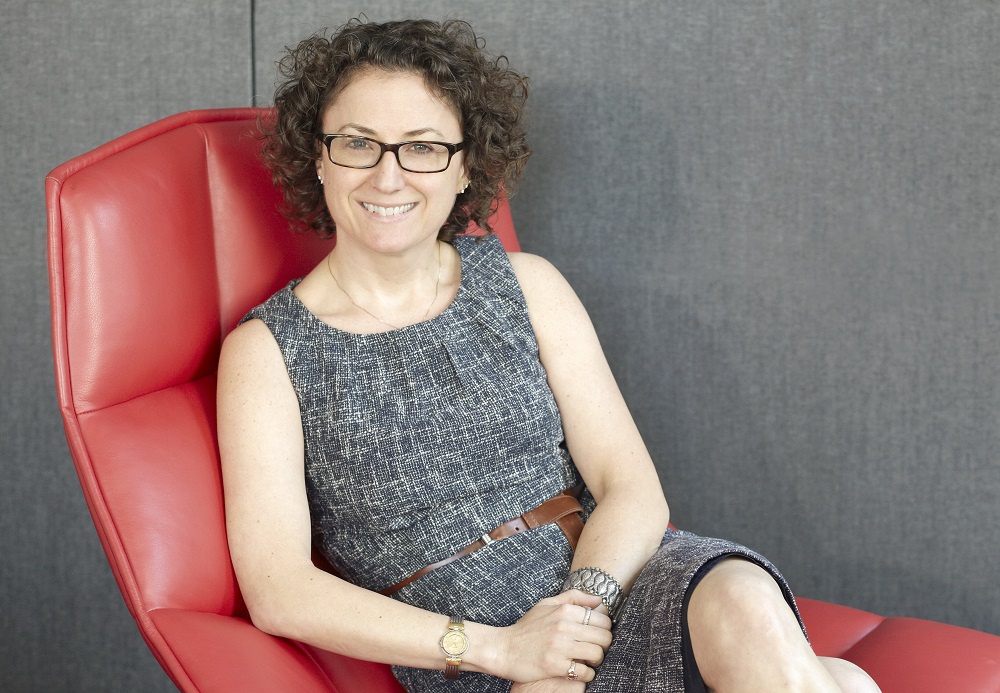I recently heard the term “stuffication” as part of a trends presentation and found myself fascinated by the concept. Shortly thereafter I came across a book bearing the same name, ostensibly the genesis of the term, authored by James Wallman. In his book, Wallman talks about the stress induced by our accumulation of “stuff,” and the subsequent anxiety, and even depression, that can result from the burden of our possessions. This resonated with me on a deep, personal level. Having recently relocated from New Jersey to Charlotte, N.C., from a house I’d lived in for over 20 years to an apartment, I have come to know intimately the emotional burden of “stuffication.”
As I struggled to pack or purge the entirety of my 2500-square-foot home, plus that of the detached garage, by the affixed move date, I entered near panic as I found “stuff” in every corner of my home. I also discovered that even my stuff had stuff. Just as water seeks its level, I’ve heard somewhere that if one has space, one will fill it like expanding foam. Well, I certainly did. There were things, stored away or just plain forgotten, in every nook and cranny of my former home.
At one point I was tempted to just leave it all. And eventually I did do just that with a whole host of items, as I ran out of time and energy to pack or purge any further. On the verge of total panic, and rationalizing that I still owned the house, I determined that my tenant would just have to deal with limited use of the basement and garage, and no use of the attic. Basically, I kicked the ball down the field.
When I arrived in Charlotte, the victory of the completed move quickly waned in the face of unpacking all I had chosen to bring with me. In this digital age, I guess I should be embarrassed that my books alone comprised 41 boxes (but I’m not). Once again, I experienced waves of anxiety as I unpacked box after box, haphazardly finding places to put the various items of decor or the next box of sweaters. I thought I’d find enjoyment in unpacking, beautifying my nest just like a bowerbird, but I did not. And yes, I brought my sweaters with me to North Carolina.
Despite having brought a considerable amount of wall art with me from New Jersey, and very possibly having more wall art than walls, I found myself purchasing more wall art for my new home before I was even fully unpacked. When I dissected the purchase and “unpacked” my motivation to buy, it revealed the emotional connection I had made with the chosen art pieces: it was immediate, it was associative, and ultimately, the pieces made me happy. It’s not that I liked the pieces I already owned any less, but these new pieces allowed for the sensory integration of Charlotte, with new memories and new stories to tell.
I still have anxiety as I look around at all the old stuff in my new apartment. It’s motivated me to think about how I can tap into the resale marketplace, or how to repurpose particular items for a new use. I know this stuffication anxiety won’t prevent me from making new purchases, but it will provoke value judgements at each instance and cause me to think twice before pulling out my credit card. New is nice, but not necessary.
Advertisement
This is not good news for retailers if someone like me, a dyed-in-the-wool shopaholic, hits the pause button on purchasing. The lesson here is the critical need for thoughtful product curation, event correlation where possible to create product connections with experience, and delivery of meaningful engagement with sales associates to educate consumers on product value.
What is good news for retailers is that experience matters. Gensler recently completed The Experience Index, a research study on the drivers of perceived experience. The Experience Index posits that if you can move someone from task mode, which most people operate in most of the time, to modes of discovery or entertainment, they become freer and more open to what their environment has to offer – i.e. making purchases. It’s the switch in intention that can trigger the motivation to buy. To capitalize on this finding, retailers must craft their own unique approach which will trigger the shift in their consumer’s mindset. Please take note that “craft” and “trigger” are verbs, indicating action.


 Photo Gallery3 days ago
Photo Gallery3 days ago
 Headlines1 week ago
Headlines1 week ago
 Sector Spotlight2 weeks ago
Sector Spotlight2 weeks ago
 Headlines1 week ago
Headlines1 week ago
 Headlines4 days ago
Headlines4 days ago
 Headlines2 weeks ago
Headlines2 weeks ago
 Designer Dozen1 week ago
Designer Dozen1 week ago
 Headlines2 days ago
Headlines2 days ago














